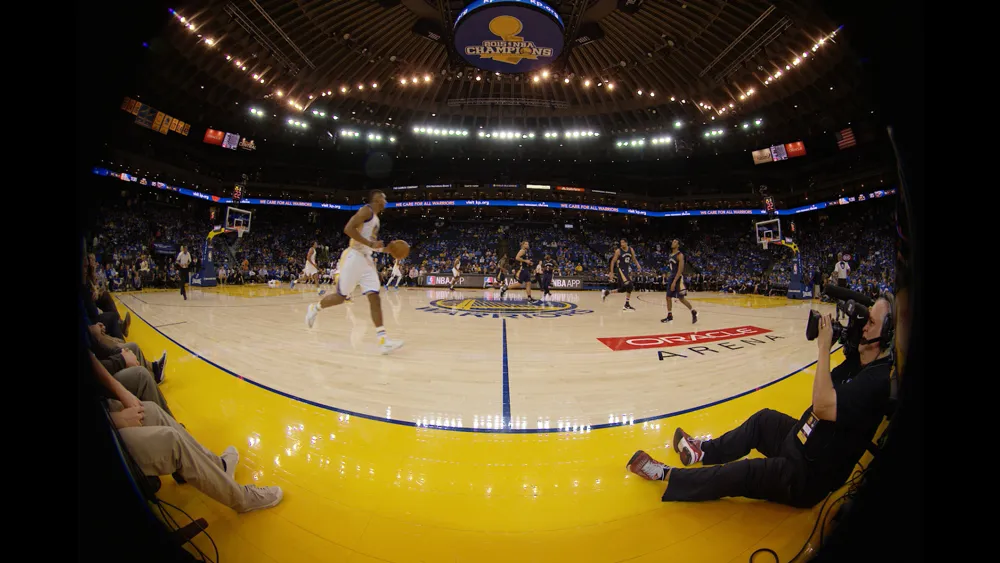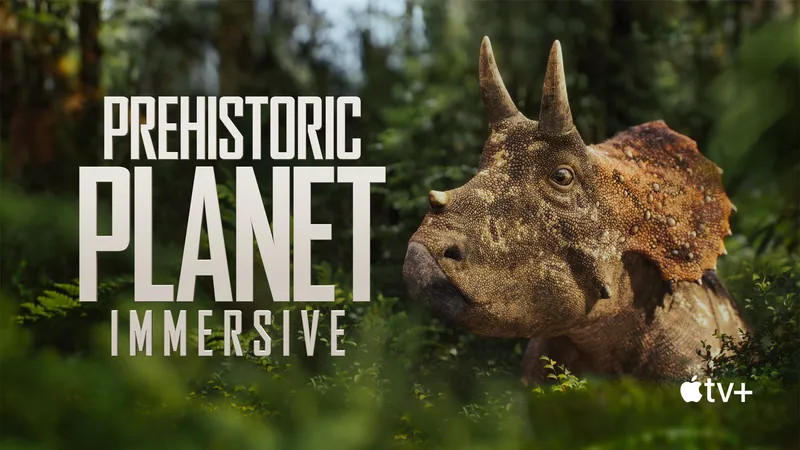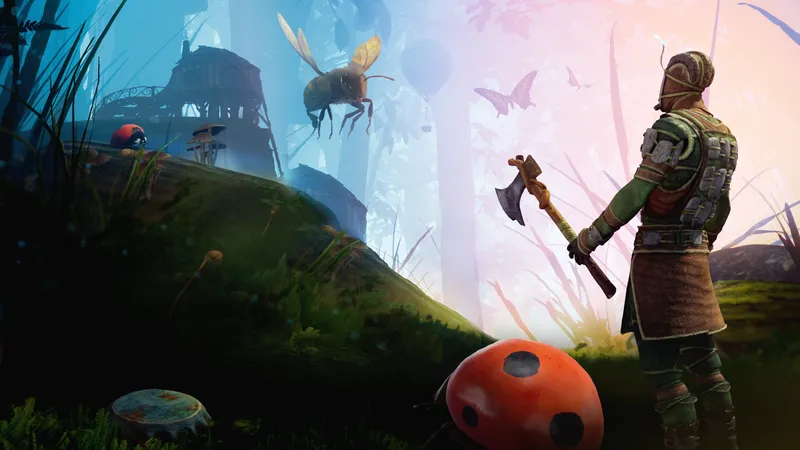The crowd erupts around me as NBA commissioner Adam Silver calls out Stephen Curry’s name. I turn to my left to see the Golden State Warriors star amble up to the ring table to claim his prize. As he does I squint to make out his facial features, but it doesn’t help too much. NextVR’s broadcast of the NBA is still at a point where it is limited by the hardware it is being broadcasted to, it is still difficult to make out small detail on subjects more than 10 feet or so from the camera. The thing is though, once the game got under way none of that mattered.
Unlike the debate broadcast that NextVR did with CNN, the NBA broadcast was compelling and that made all the difference. For the live stream, NextVR chose to showcase a single hero angle during the game action and a wide shot during the commercials. The game angle placed you low, at table level, with the scorer’s table at center court. There was also a camera placed behind the backboard that was mainly used during halftime as an experiment.
“We are always looking for ways to bring the fan closer to the game, this time we went a bit further and perhaps took it a bit more literally,” laughs Jeff Marsilio, the NBA’s VP of Global Media and Distribution.
As the game progressed, I spent time switching between views watching the television broadcast, the VR broadcast, and the actual game in the stadium trying to get a sense for how VR fell on the spectrum. In the end it feels like a blending of the two. For this version Marsilio says the NBA wanted to bring “the purist experience” with this first stream. That meant that there were no UI elements added to the broadcast, like we saw with NextVR’s US Open broadcast.
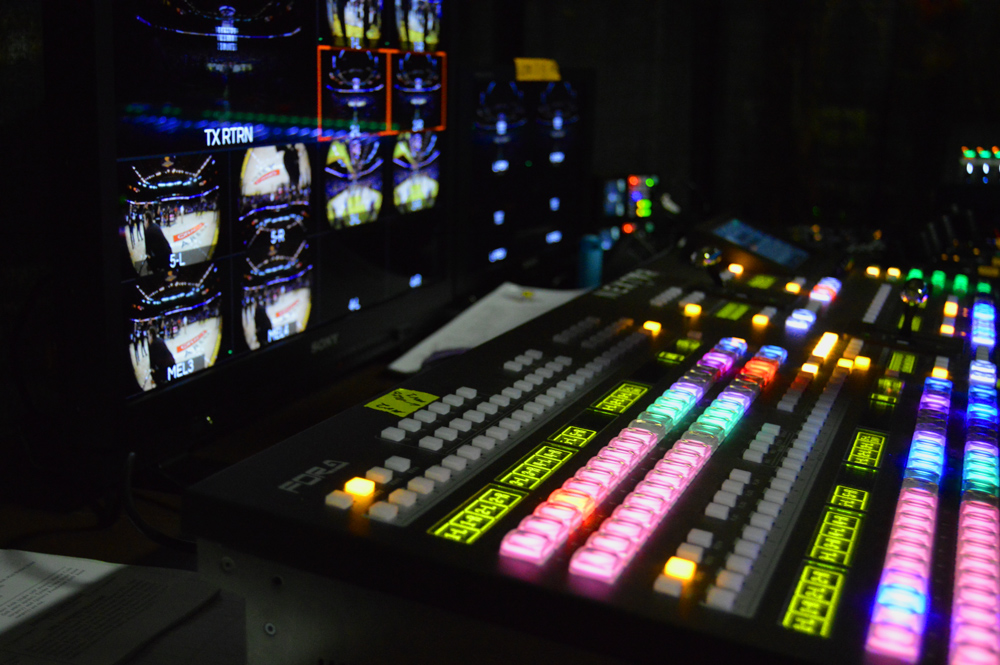
Just as I would sitting in the stadium, I relied on the scoreboard to my left to keep track of the game. It was surprisingly effective and the naturalistic way of following the game added to the sense of immersion. Following the players back and forth on the court, I ended up losing myself in the experience more than once. Cheering out loud in the press room with the fans around me as someone laid down a thunderous dunk.
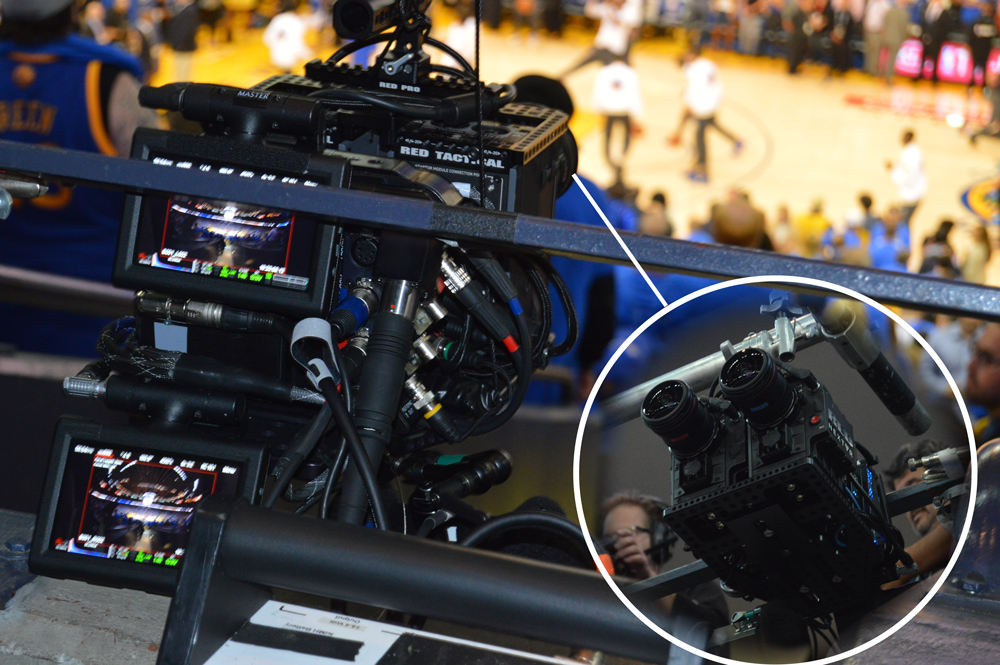
As the Pelicans called a timeout, the television broadcast shifted to a commercial break. If you’ve ever been to an NBA game before you know there are a lot of stoppages in play. On TV you can fill those by cutting to the commentators or a commercial, but that isn’t exactly possible in person so they fill the breaks with fun videos, kiss cams, t-shirt cannons, and the like. As a raw broadcast, NextVR chose to showcase the in-stadium experience during breaks in play, switching to a high angle view that observed the whole stadium. The experience wasn’t ideal, as you lose a lot of detail from that position, but it was a nice change up from the standard broadcast flow.
“To be honest with you, I don’t expect tonight to be perfect,” Marsilio told me before the broadcast.
At times there were hiccups, the hardware still limited the quality of the experience, but in the end it was still more than a little effective, it was additive. I felt the emotion of the crowd during the game’s big moments, a product of the excellent spatial audio. That is the kind of connection that the NBA is looking for.
“We are trying to engage the audience,” says Warriors owner, Peter Guber, “we are not aiming at their wallet… but at their heart.”
If I had to describe the broadcast in a phrase it would be: ‘it was like watching a game in the stadium, courtside, but without my glasses on, compelling but I knew it could have been clearer with the right equipment.’ While it was difficult to make out individual faces, jerseys and nameplates were clear enough to see and NextVR’s excellent stereoscopic, geometrically mapped 3D served as a nice trade off.
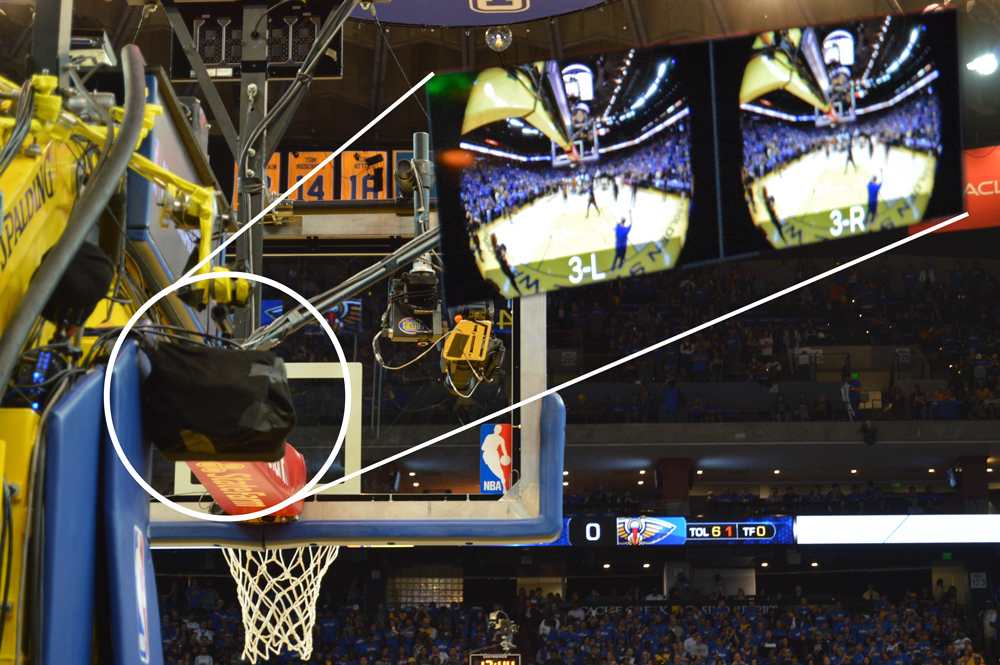
“I think we are a long ways off from truly replicating what it is like to be there,” says Marsilio, but NextVR’s broadcast is “a start,” as Guber put it, to something bigger.
“This isn’t the end of this, this isn’t the beginning of this, this is the beginning of the beginning” says Guber. “The key is it’s a tsunami, this isn’t a puddle. This is a major change in the engagement between the audience and the artist. It is something that will have to be contended with on all fronts.”
Right now it remains to be seen where the NBA goes with this, as they have “no plans” for a second VR live stream broadcast at this time. That said the NBA is looking into a number of different use cases for the medium, “instructional videos for young fans, training for players, [and] behind the scenes access” for starters, says Marsilio.
The NBA broadcast showcased a far more compelling use case for live streamed VR than what we saw with the Democratic Debate. While the experience left me with things to be desired, it demonstrated the necessary groundwork that is required to bring this industry to the public.

